
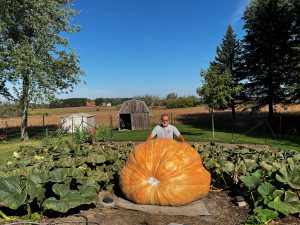
The Victory of Giant Pumpkins – Jim Ford
October 24, 2024
Jim Ford with his 2023 Giant Pumpkin weighing in at 2,177 lbs. Many aspects of our society move forward because of individuals that step up to the plate and take a challenge. The national psychology is attracted to greatness and victory, including the victory of giant pumpkins. It provides inspiration
Read More »
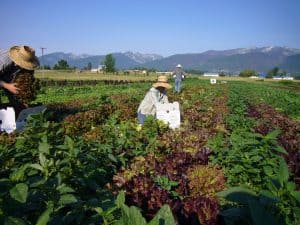
The Good, the Bad, and the Ugly of Farmland
August 7, 2020
The USDA reports 1954 was Americas “peak” farmland year, when it was farming 1,206,355,000 acres. There was never as many acres farmed before or after. The latest USDA survey of farmland shows farmed acres have declined to 897,400,000 acres in 2019. This equates to a net loss of 308,955,000 acres
Read More »
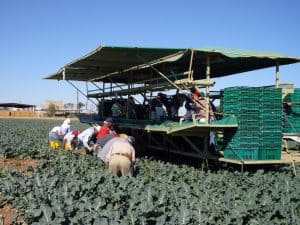
Messages from Farmers Past
August 7, 2020
By: Benjamin Gisin In 1935, America had approximately 6,800,000 farm enterprises – most of them family farms - according to the USDA. By 2020, farm numbers had dropped to 2,023,400 farm enterprises. Most of the 4,777,600 farms that disappeared since 1935 occurred in a 55-year span from 1935 to 1990
Read More »
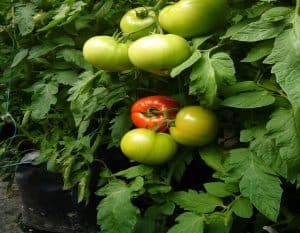
Finding the Right Stuff (Part 2 of 2 – The Solution)
June 3, 2020
Constantly on the lookout for solutions to problems with commercial fertilizers and finding the right micro-nutrients, Billy Egan finally had a breakthrough. Through word of mouth, Egan was told about Kelp4Less. Kelp4Less just happened to be in Idaho Falls. Egan contacted Brandon at Kelp4Less who came to the greenhouses to
Read More »
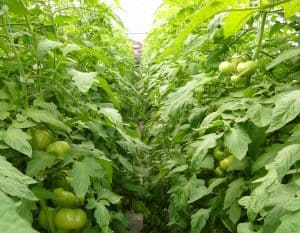
Finding the Right Stuff (Part 1 of 2 – The Challenges)
June 3, 2020
Billy Egan is a third-generation greenhouse nursery entrepreneur working in the family business called Egan’s Greenhouse. The business was started in Bedford, Wyoming in 1969 and grew from a few plants to 40,000 square feet of greenhouse space. In 1989, the business moved to their present location in Idaho Falls.
Read More »
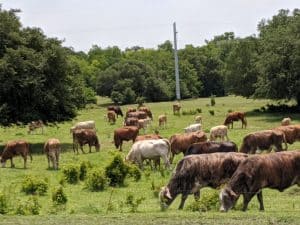
Modern Economic Miracle
May 5, 2020
For decades, the trend for farmers and ranchers has been larger spreads with more chemicals and more mining of the soil. But is that the answer? Having a conversation with David King, of Brenham, Texas reveals that another approach is more in line with the modern world – farmers should
Read More »
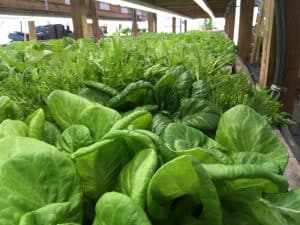
From Production Nightmare to Production Salvation
April 24, 2020
How do you feed and nurture 4,650 heads of lettuce in a vertical 4-tier hydroponic growing configuration? Water (with nutrients) is pumped to the top bed where the lettuce heads are immersed in the solution. The water then flows down through the remaining three tiers and back into a 2,000-gallon
Read More »


